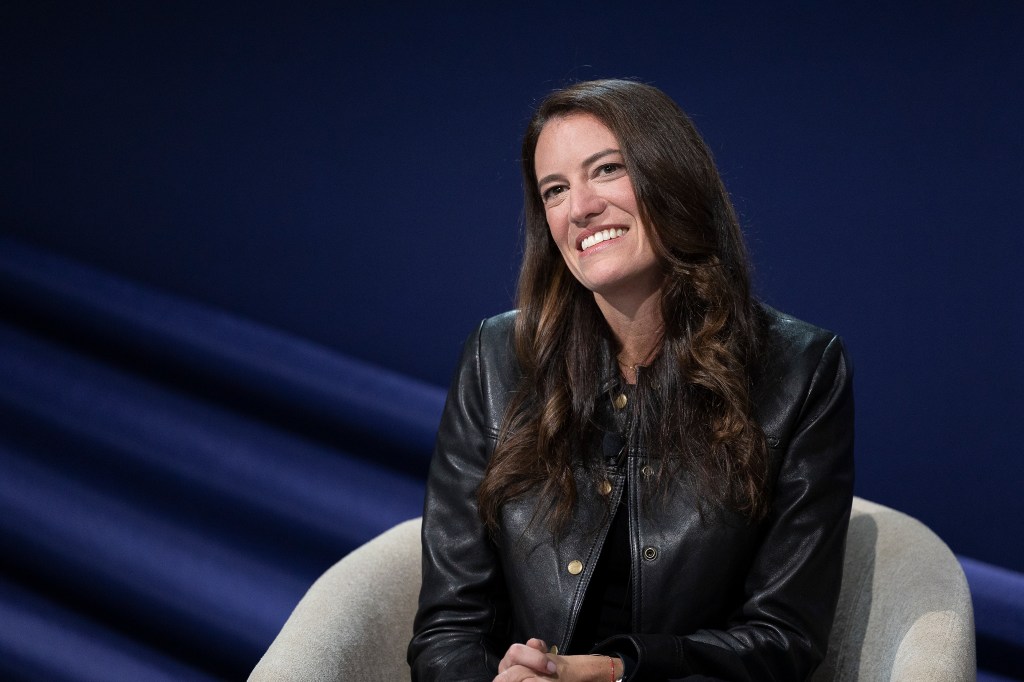Prashant Agrawal, chief executive officer of Impact Analytics, believes that retail is an art and a science — and he’s relieved that everyone is finally interested in AI, he said.
Impact Analytics has been advancing the capabilities of AI for nearly a decade, and while there are many industries that stand to benefit, Agrawal told the audience at the WWD Apparel & Retail CEO Summit that retail is the sector that will benefit the most. Why? The first reason is retail’s tech debt, but equally important, said Agrawal, retail is the “toughest business there is, bar none.”
“We’ve been very used to doing things that we call selling same as last year,” Agrawal said. “And what happened with COVID-19, is that broke, there is no new normal. There is obviously the pandemic, a broken supply chain, there’s inflation, there’s wars and it’s getting more and more complex.”
As an example of these complexities, Agrawal compared retail to changing weather patterns over the years, which have created a need for stock adjustments across both the East and West Coast. Though, not all adjustments are regional. In fact, a change that Agrawal said nearly all retailers should be planning for is a dramatic size curve over the next two to three years stemming from the immense amount of drugs being used for weight loss (like Ozempic) that have come onto the market.
To provide better forecasting, Impact Analytics encourages clients to combine humans with AI and machine learning. “There is a lot of data out there,” Agrawal said. “Our company helps make some of it come true.”
One company that has seen success in its partnership with Impact Analytics is Coach. Leigh Manheim, senior vice president, North America omnichannel at Coach, shared with the audience that “what’s so exciting about our industry is how it’s all going to change,” noting that she always has to be thinking about keeping up with the speed of the customer, what’s next and what those opportunities are.
“As businesses grow, [for example] we just added another distribution center into our fulfillment network, we need to think differently about Inbound inventory and how to go to the right node to ultimately get to the customer and store as efficiently as possible,” Manheim said. “We’ve really tried to put the customer at the center of everything you do, which has helped us create that decision filter and think about how to best we serve the customer as these challenges come to light.”
To address and overcome challenges, Coach has utilized the growing potential of AI technologies including an allocation tool which has helped the company determine allocation in an efficient way. Manheim said that the Coach team had even worked with the Harvard innovation lab to perform trial experiments where AI was put against traditional allocation methods, finding AI to be the ultimate winner.
In addition to allocation, Coach is using AI to make inventory decisions to determine what inventory coming from its service providers goes to which distribution nodes. And in terms of embracing AI and machine learning, Manheim said her team has seen that “it’s been able to lift up out of the nitty gritty detail and spend much more time on strategic thinking, value added, sales-driving activities. Again, it’s taking away this sort of really tactical work, analyzing a lot of data that can be very time consuming.”
Despite fear that surrounds AI’s ability to take human jobs, Manheim said the more accurate way to look at the change is a “shifting of focus to something that I think they’re much more engaged in. Now they’re looking strategically about how should we cluster stores, you know, based on the type of consumer that jumps on that store.”



